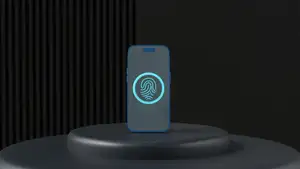
Next Step Forward For Interactive Displays?
It turns out that there is a bit of intriguing research underway at the University of Illinois at Urbana Champaign (UIC) along with Dow Electronic Materials in the state of Massachusetts. Reported in detail in a recent issue of the esteemed periodical “Science”, this remarkable new technology is all about a radical new LED technology.
How radical? Think LED arrays that can function so as to both emit and to detect light. What does that mean? In short, these new LEDs could quite possibly enable as yet new and unimagined interactive functions and multitasking devices. Speaking out about the ramifications of this research, professor of materials science and engineering at UIC. Moonsub Shim had this to say: “these LEDs are the beginning of enabling displays to do something completely different, moving well beyond just displaying information to be much more interactive devices. That can become the basis for new and interesting designs for a lot of electronics.”
For the record, these radical new LEDs are in fact manufactured from no less than three separate semiconductor materials. One type of material has the capability to both emit as well as absorb light. The other two materials are used to control how the the charge flows through the first material. In other words, the combination of these three unique semiconductor materials working together is the mechanism by which these new LEDS can both emit and absorb light.
More to the point, these LEDs can and do perform both of these functions by rapidly switching back and forth between detecting or emitting light. Not surprisingly perhaps, this switching is so rapid that it is undetectable to the human eye—in fact, it appears as if the display is continuous. You may be interested to learn that this switching is in fact no less than three times faster than the standard display refresh rates you are accustomed to experiencing.
Even more interesting is the fact that this sort of switching functions at the pixel by pixel basis. As a quick example of how this sort of thing works, envision a display that automatically responds to changes in ambient lighting conditions. Suppose you are looking your iPad outdoors. When a shadow falls across the screen, that section of the display will automatically adjust such that a steady contrast is maintained.
Bottom line, this new LED technology promises ever more interesting uses of display technology in the not too distant future.









